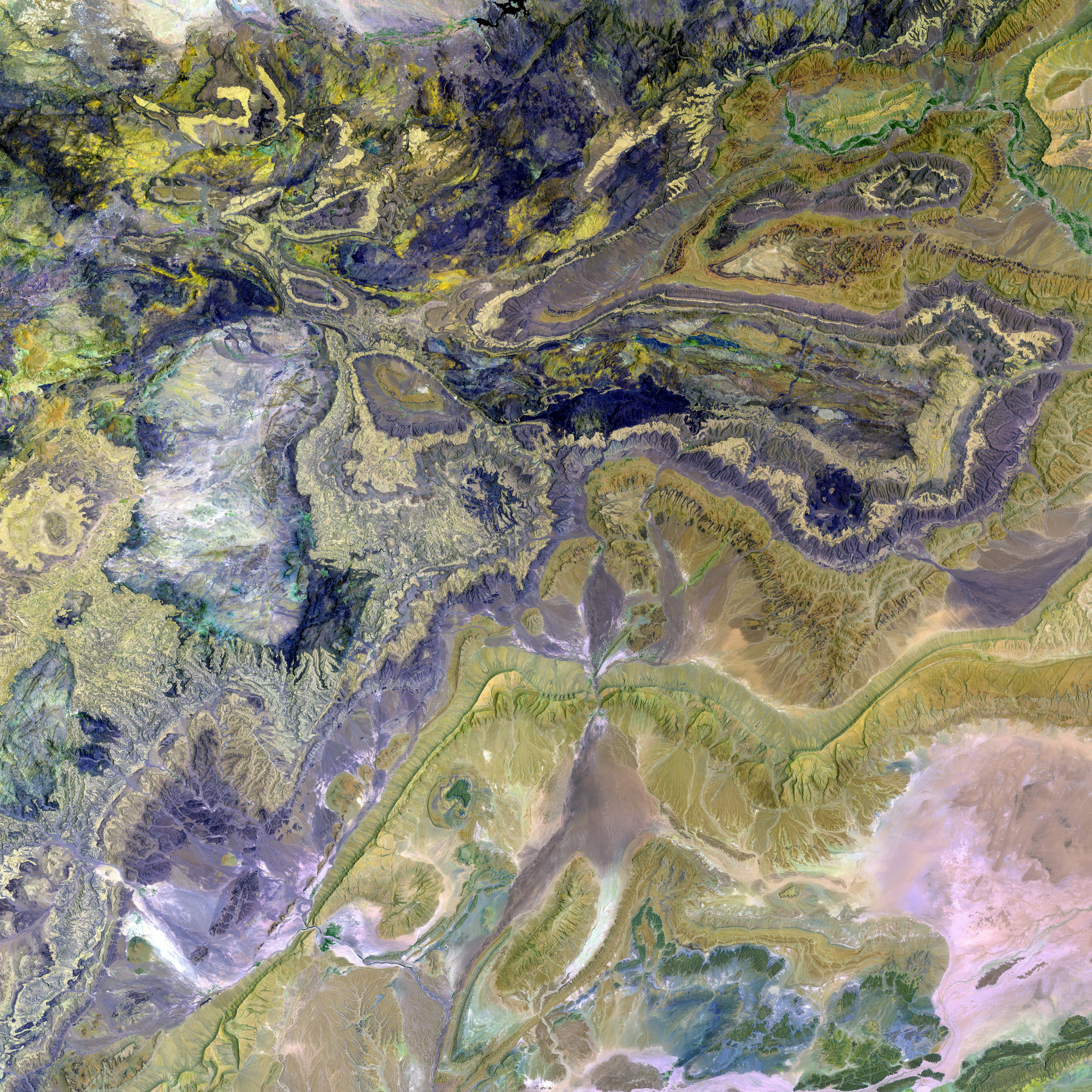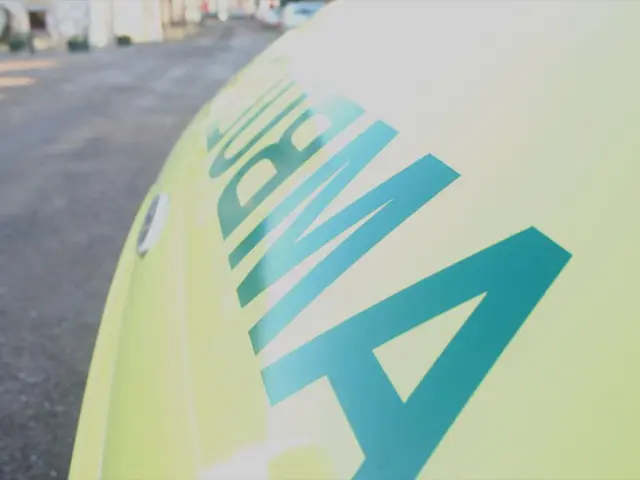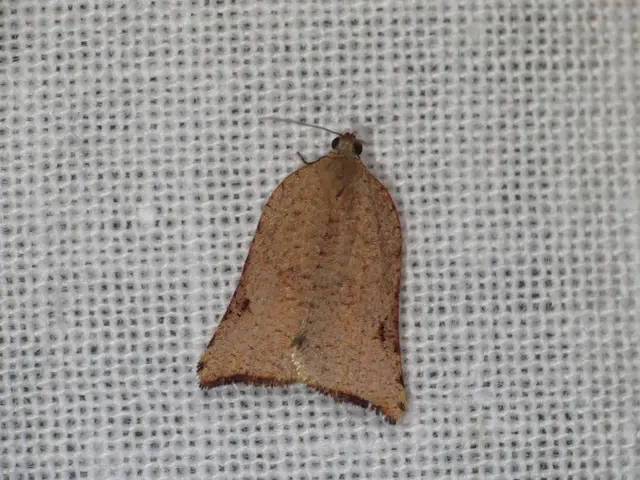NASA Requires Development of Gloves and Footwear Resistant to Moon's Freezing Temperatures
Getting Ready for the Lunar Chill: NASA's Cold Case Investigation
NASA is gearing up for some serious frostbite action on their upcoming moondusters missions, as the sterling silver surface of the moon's south pole is about to get a heck of a lot chillier than it did during the Apollo days. To keep our brave astronauts cozy in the eternal winter of the moon's darkest corners, NASA engineers are giving their spacesuits a glamorous makeover and putting them through a deep freeze test at the Cryogenic Ice Testing, Acquisition Development, and Excavation Laboratory, better known as CITADEL.
Built to test robot parts for those icy non-crewed missions explorin' the frigid moons of our solar system, CITADEL is now playing a crucial role in our long-awaited return to the moon. Zach Fester, an engineer with the Advanced Suit Team at NASA Johnson and the technical lead for the boot testing, puts it straight: "We need to get a grip on the risks our astronauts will face when venturing into permanently shadowed regions, and gloves and boots are the limelight since they make prolonged contact with cold surfaces and tools."
Standing tall at 4 feet and stretching wide at 5 feet, CITADEL is housed at NASA's Jet Propulsion Laboratory. Unlike typical cryogenic facilities that cool an object using liquid nitrogen, CITADEL uses compressed helium to reach temperatures as low as -370 Fahrenheit (-223 Celsius). To attain these arctic conditions, the CITADEL chamber needs a multi-day marathon and opening it before it's fully cooled down triggers a restart of the entire process. To negate this inconvenience, CITADEL comes equipped with four load locks, drawer-like chambers through which test materials can be inserted while maintaining its chilly vacuum state.
But that's not all! CITADEL is armed with a robotic arm to grab test materials, infrared light cameras to capture the entire process, and even has the option to simulate lunar abrasion and add regolith-like materials to the chamber for good measure.
In the past, NASA would have risked frostbite on its astronauts for thermal testing, forcing them to dip their gloved hands into a chilled glove box, grab a chunk of ice, and hold on until their digits turned as blue as a Smurf. Thankfully, we now use a custom-built manikin hand and foot for testing inside CITADEL. These robotic digits are rigged with fluid loops that mimic blood flow and are chock-full of temperature and heat flux sensors to gather data from the gloves and boots being tested.
NASA's Artemis 3 mission, set to launch in 2027, plans to land astronauts on the moon for the first time since the Apollo days, finally giving them a reason to rock their new, trendy spacesuits. Instead of setting foot near the equator like the Apollo astronauts, Artemis crews will explore the icy terrain of the lunar south pole. This frigid region is of keen interest to scientists due to the potential of holding water ice in permanently shadowed areas – but it also presents a harsh environment with extreme temperatures and lack of sunlight.
Prepare yourself, moonwalkers, because temperatures in shadowed regions can drop as low as -414 degrees Fahrenheit (-248 degrees Celsius). So, NASA needs to ensure these astronauts' digits stay warm enough to grip their tools and take selfies for the 'gram.
The boots and gloves currently being tested in CITADEL are the sixth generation of their kind, using the knowledge gained from the Extravehicular Mobility Unit (EMU) worn aboard the International Space Station for spacewalks. However, based on the preliminary results from the testing on the gloves, they're likely not going to cut it when it comes to tackling the icy inhospitable south pole. More analysis is needed for the footwear, but Shane McFarland, technology development lead for the Advanced Suit Team at NASA Johnson, is hopeful that the testing will point them in the right direction to fine-tune these essential spacesuit components: "This test is all about identifying the limits of our current hardware. We want to quantify the capability gap, give that information to the Artemis suit vendor, and develop this one-of-a-kind test capability for future hardware designs."
So buckle up, astronauts! Your swanky new spacesuits are just around the corner, and with CITADEL's icy assistance, you'll be ready to brave the lunar cold and explore the unexplored areas of the moon in style and warmth. Just don't forget to wear a hat, or your noggin might freeze when the sun goes down.
- CITADEL, a facility at NASA's Jet Propulsion Laboratory, plays a significant role in preparing for the extreme cold of the moon's south pole during NASA's upcoming lunar missions.
- To simulate the frigid conditions of the moon, CITADEL uses compressed helium to reach temperatures as low as -370 Fahrenheit (-223 Celsius), making it an essential tool in testing the spacesuits for the Artemis 3 mission.
- In order to gather data for improving the gloves and boots, CITADEL houses a robotic arm, infrared cameras, and even simulates lunar abrasion and adds regolith-like materials to the chamber.
- Despite being the sixth generation of their kind, the gloves currently being tested in CITADEL may not be suitable for the icy terrain of the lunar south pole. Further analysis is necessary to fine-tune these essential components for the Artemis suit, ensuring astronauts stay warm during their lunar expeditions.




